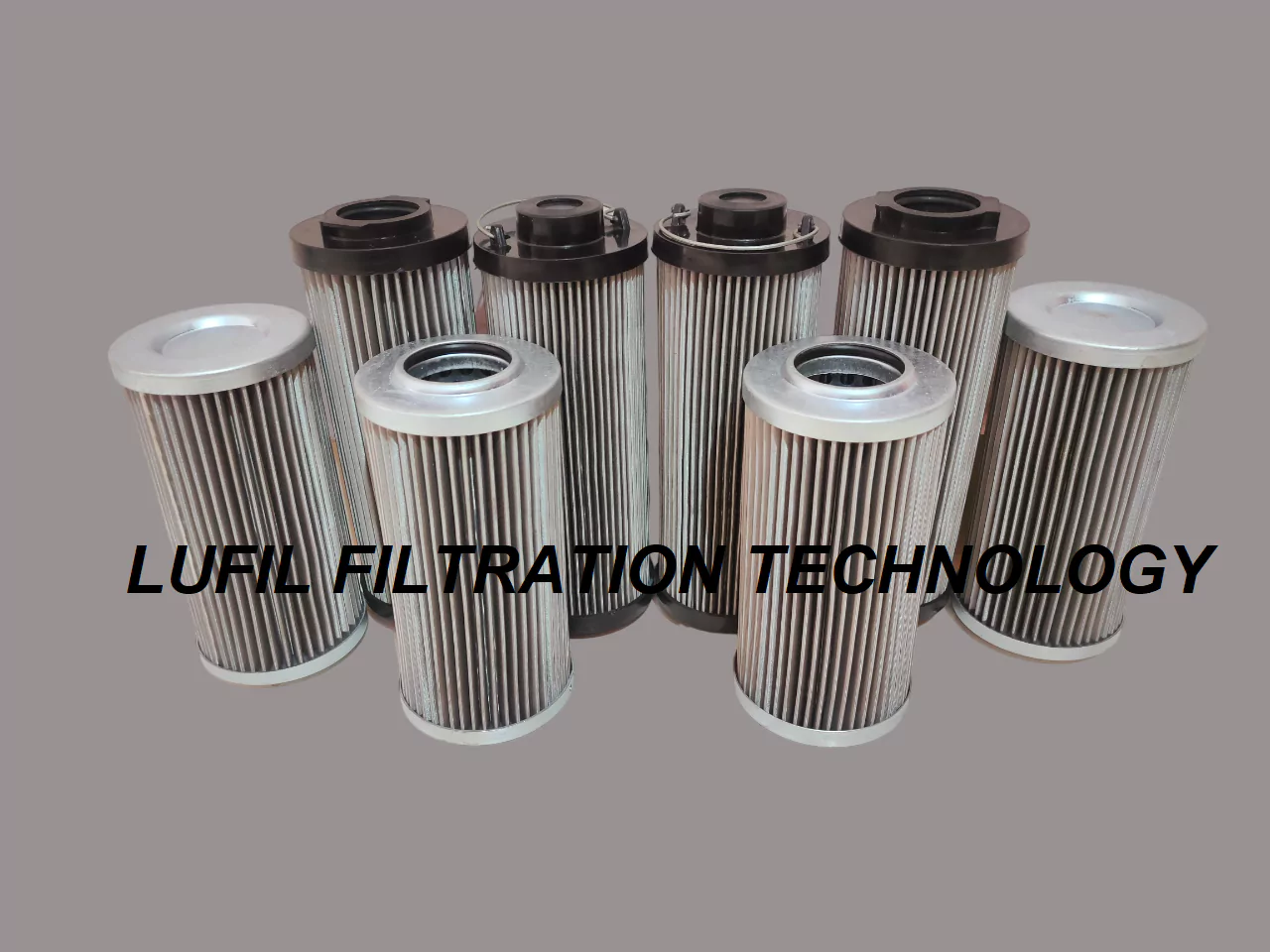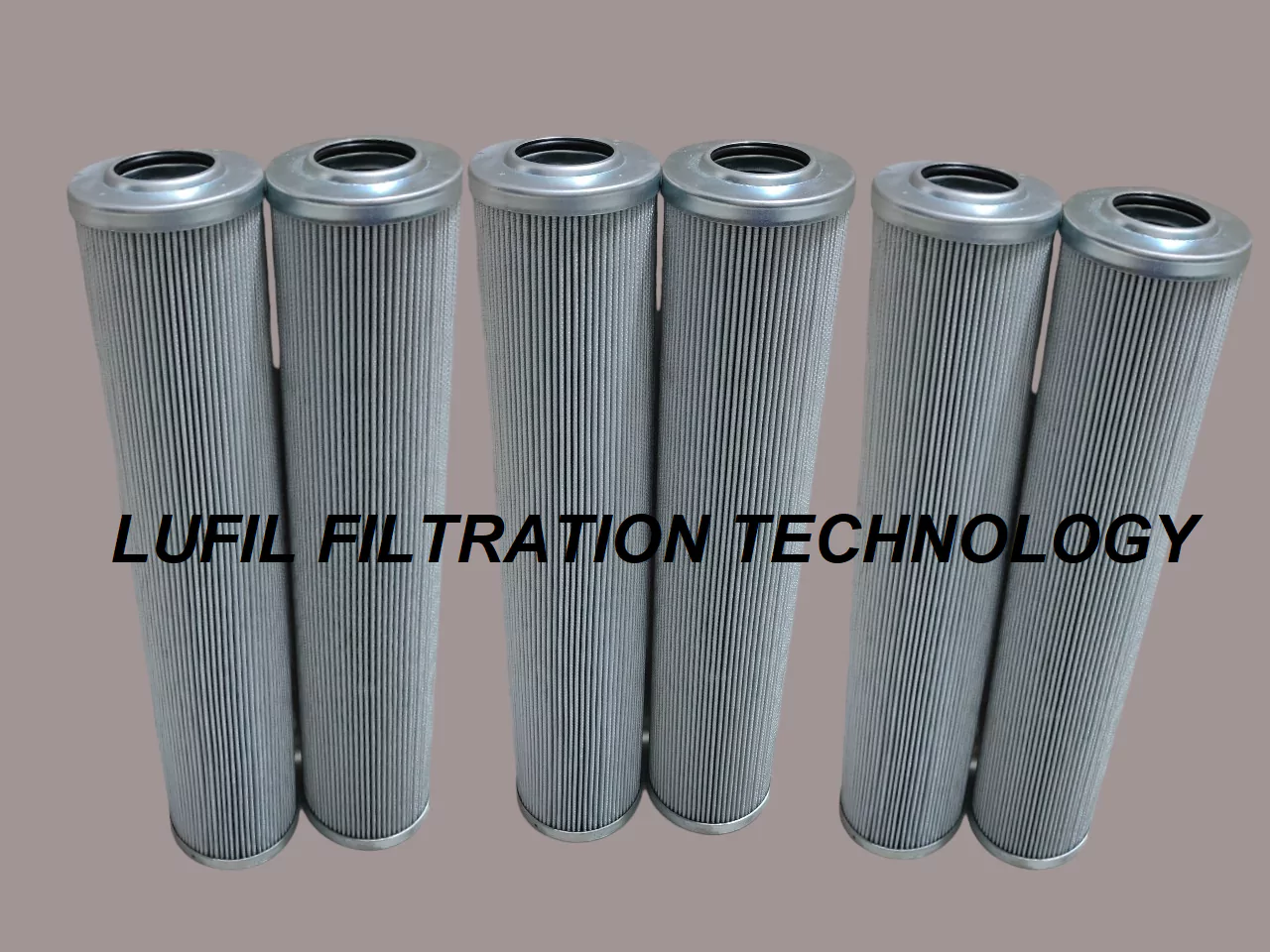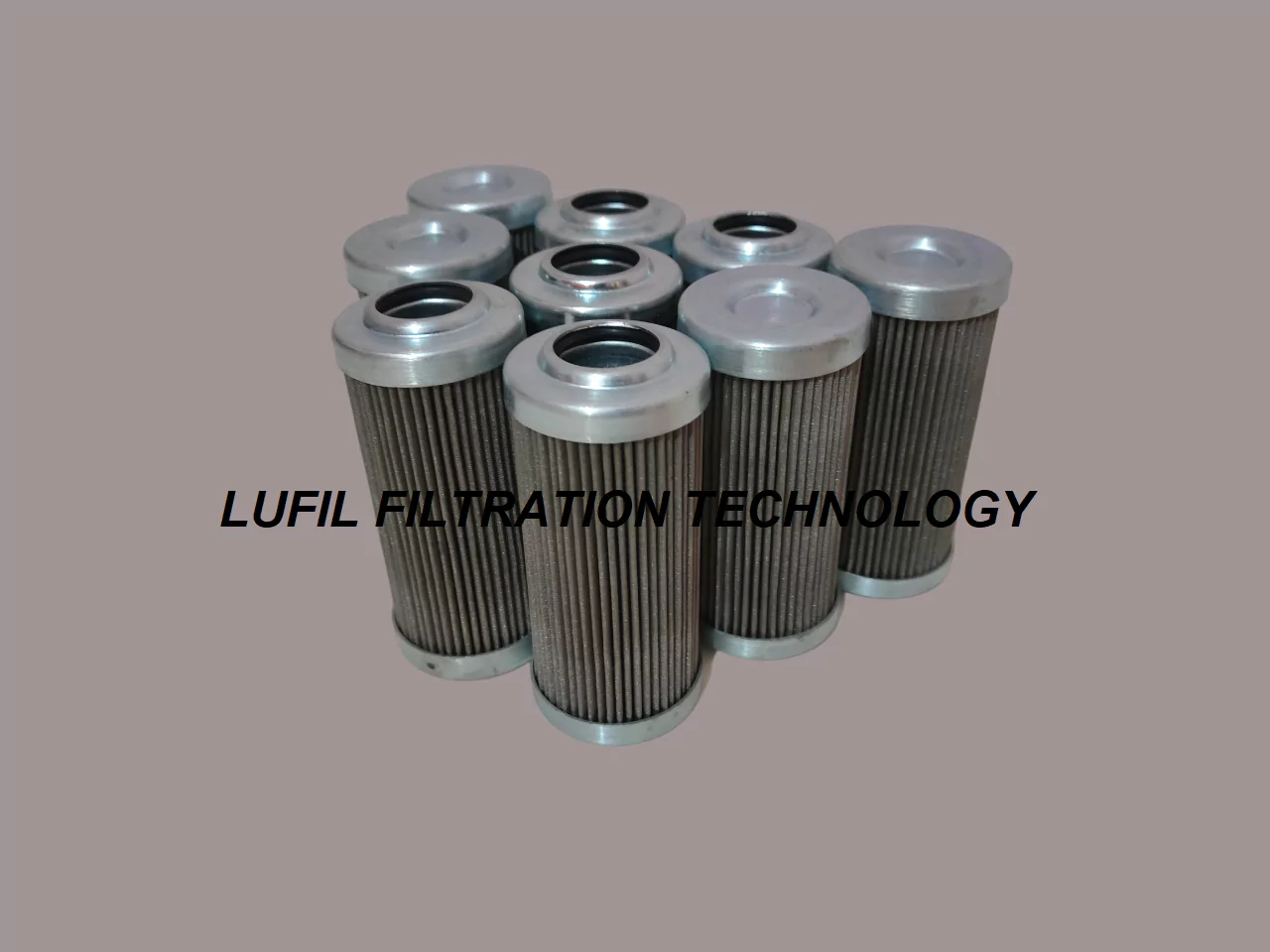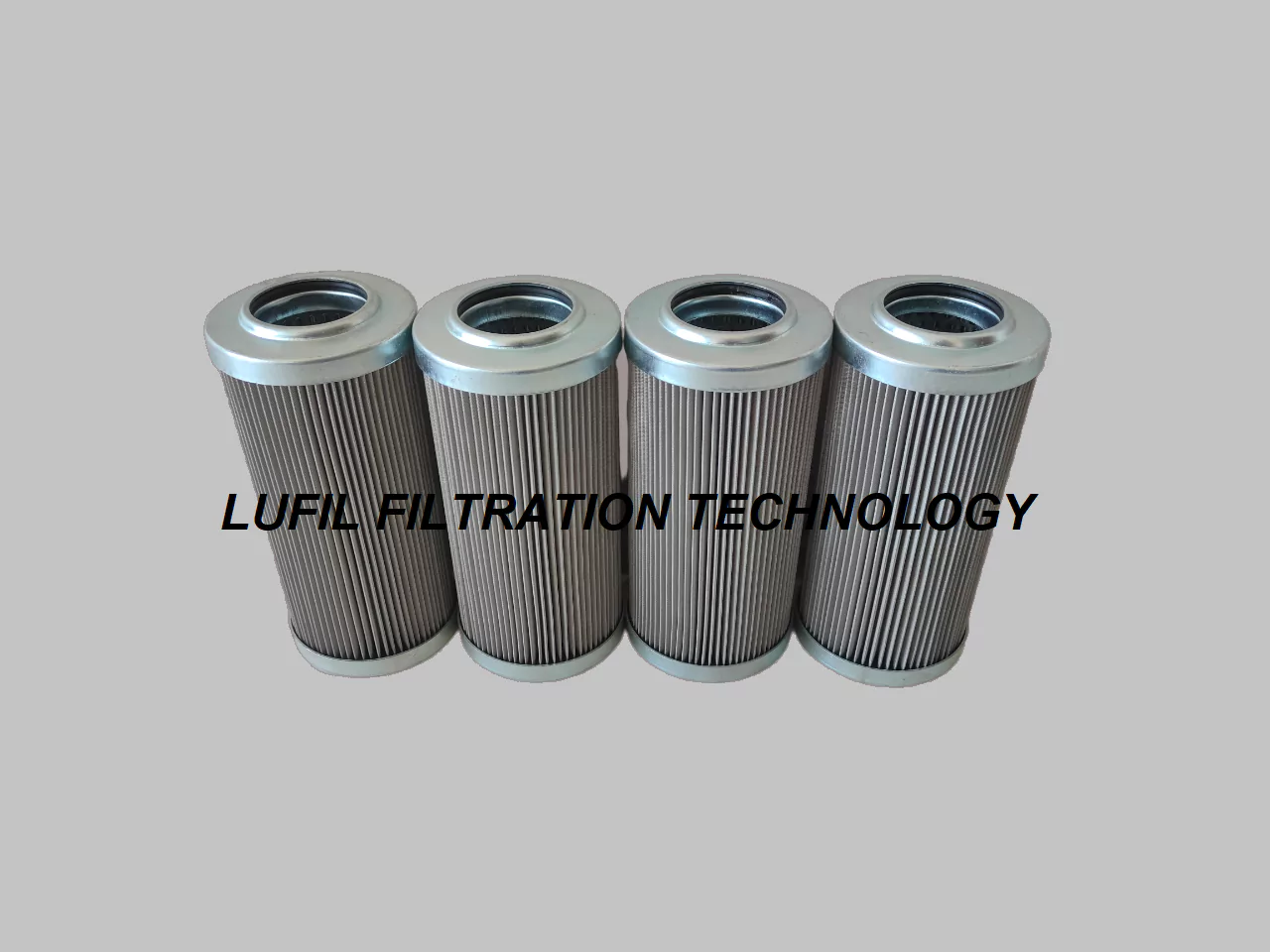
Coolant Oil Filter
Coolants as the names define are used to maintain temperate in industrial applications. There are two types of coolants available in the market: oil-based and water-based. They are used depending on the requirement and application. Oil-based coolants are made using mineral and synthetic oil. They are being put on the engine or machinery parts to lower the temperature. During this process, the dirt in the form of metal debris and other dust gets mixed with it. This dirt can cause damage to the sensitive part of the machinery and also affect the final product quality.
What is a Coolant Oil Filter?
Coolant oil filters are used to remove dirt particles that get mixed with oil before it enters the system. They are designed to hold more dirt and remove contaminants as small as 1 micron. In industries, they are placed inside the filter assembly just before the oil gets out from the machinery.
Their location can vary depending on the type of industry and machinery. Their design depends on the flow rate and working pressure. The pleated design elements are more common in use due to their higher filtration area. Pleated elements can hold more dust due to their larger filtration area. These filters are also suitable to work under higher temperature applications.
Benefits of a Coolant Oil Filter
- Increase equipment life
By removing contaminants, they reduce wear and tear of components to extend the overall life of the system.
- Improve Performance
A clean lubrication system leads to a smoother operation, improving overall performance.
- Corrosion Protection
The filter helps to prevent rust and corrosion, a common issue when coolant and oil become contaminated with water or metal particles.
- Reduced Maintenance Costs
Regular use of a coolant oil filter can reduce the frequency of breakdowns and the need for repairs, saving time and money on maintenance.
Technical Specifications
- Flow Rate (LPM)
10, 20, 25, 40, 100, 150, 200, 225, 250, 300, 400, 600, 800, 1000, 1200, 1400 LPM Etc.
- Working Pressure Range
30 bar to 210 bar
- Working Temperature Range
-25°C to +120°C
- Element Body Material of Composition
MS, SS 304, SS 316 L
- Filter Media
Imported Glass fiber, SS Wire Mesh, Synthetic Oil Paper
Applications
Power Plant Units
Automotive Industry
Steel Manufacturing Units
Petroleum Industry
Cement Manufacturing Units


